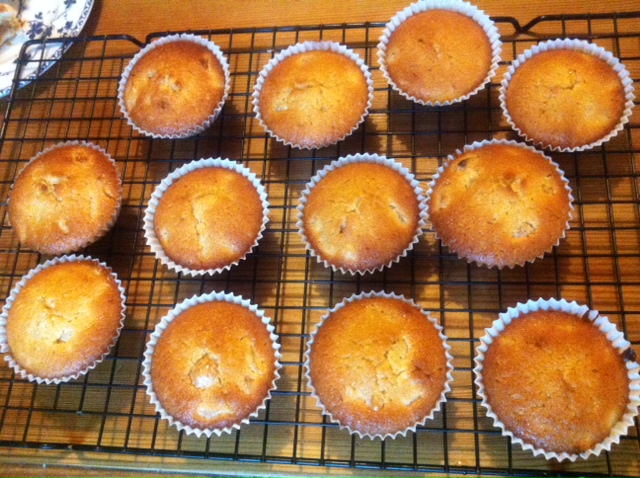Improvising cake
I’m not great at the off-the-cuff, at riffing, or general spontaneity. When I worked in a job where I had to attend meetings in which ideas were ‘just thrown around’, I would sit there, silent and awkward and blushing. I like to think about what I want to say, and ideally go back and edit it and put it better, and then go back again and take a few more words out and THEN – maybe – show it to the world, which is why I am a writer and not a QVC presenter. I’d make a truly horrible QVC presenter.
And as a result I’ve always rather envied those that have the ability to improvise. I harboured a dream of being a jazz pianist for a while, and even thought about applying for a course. Yes there are courses! Though naturally that’s not the *real* way to become a jazz pianist, which has something to do with whisky and heartache. In truth I still harbour a dream to become a jazz singer, but though I know I can follow the notes and sing them not bad, that Ella- or Billie-like trick of giving each and every rendering of the song it’s very own little unexpected twist would elude me. Maybe they sat quietly and practiced each variation in advance, but I don’t think so.
But there is one thing I can improvise, and that is cake. I can remember the very moment I decided to teach myself. It was when I ate a piece of my friend Ellen’s carrot cake and asked for the recipe, at which she said, all casual: ‘oh I just made it up.’ I want to be like you, I thought.
There is most probably a key to piano improvisation, which is how they can teach it in a night class in Henley-upon-Thames. There is a key to improvising cake, and I found it at my daughter’s nursery two years ago. I was asked to come in to help with making fairy cakes, just to be an extra adult pair of hands, and the children were given a very simple set of scales and an egg. They put the egg on one side of the scales, and then in the other side weighed out equal amounts of first sugar, then butter, then self-raising flour. That’s it. It’s that simple: it’s equal weights of everything. You mix them all together (I mostly don’t cream the butter and sugar first as long as the butter is soft enough, just put it all in a bowl and go in with the electric mixer, but please feel free to tell me if you think I really should be. I’d love to know why), then pour them into a big cake tin lined with butter and parchment, or little cases, and cook at around gas mark 5 for as long as it takes.
Now once you’ve got the basic hang of this you can start riffing. If it’s summer and you’ve got some soft fruit to mix in you can take out a bit of the flour and replace it with ground almonds, and put in some vanilla extract to make a summery, crumbly, aromatic cake dotted pleasingly with berries. If it’s autumn and there’s a chill in the air and some apples to chop in then some of the flour will be wholemeal, and you might put in sultanas and cosy cinnamon or nutmeg, and top it with crunchy demerara sugar. Or you can grate lemon zest into the mix, and once it’s in the oven mix a big spoonful of sugar into the lemon’s squeezed juice and leave it to sit so that it turns itself into a slightly crystally syrup to pour over the just-baked top of the cake. Once you’ve got the feel for how gloopy your basic mix should be you can swap one of your eggs for some yoghurt, to make it smooth-textured and velvety. Or you can swap some of the sugar for honey to change the type of sweetness. And on, and on.
There must be many other ways to alter the texture of the cake. I’m only just beginning. I know not every cake sticks so rigidly to this ‘equal weights’ thing and I’d love to really get a grip on the difference. But that’s advanced improvisation and I’ll come to that. For now this works, and each and every cake I bake is very slightly different.
